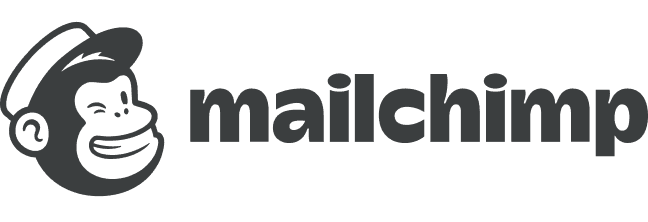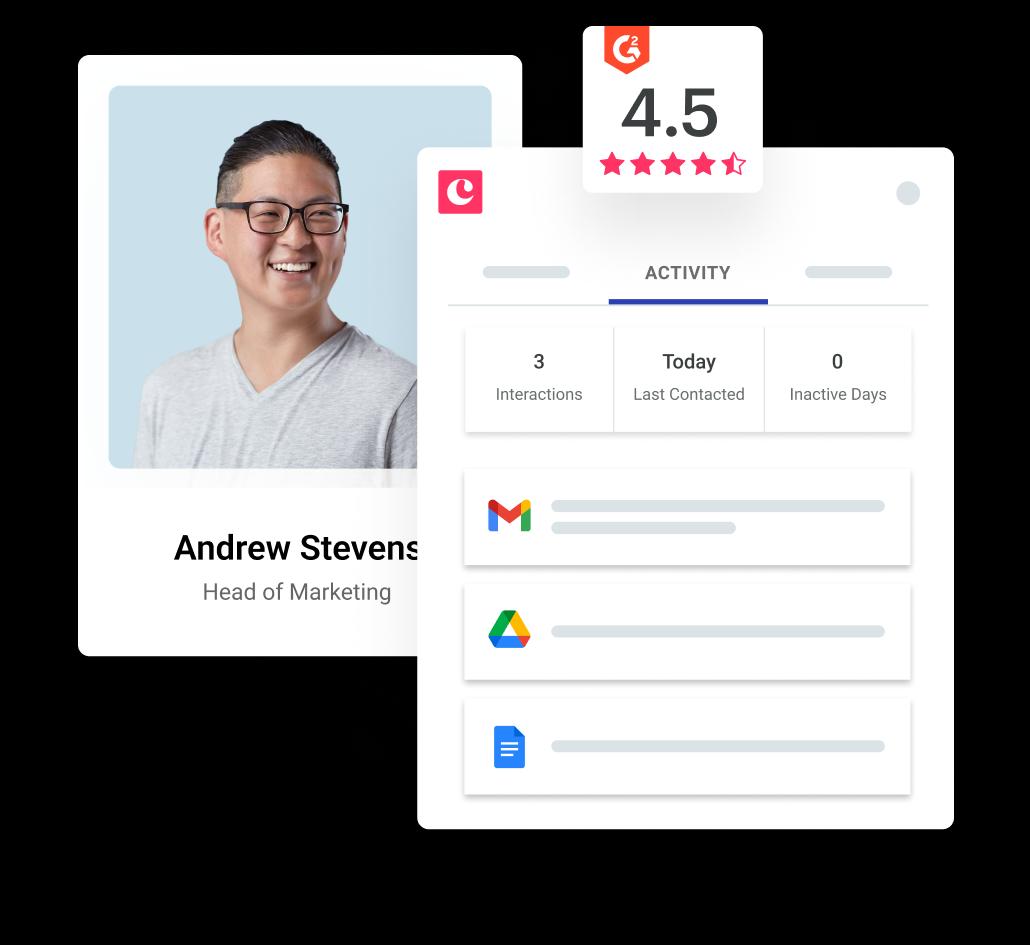
Kimberlee Meier
Contributor
No two sales are the same.
Many factors influence whether someone is going to buy your product—their sales history, geographic location, and business goals can all affect their decision to buy your product (or not).
But when you don’t have a system for segmenting these factors, your sales pipeline crosses into troubled waters.
Enter territory mapping software: the ultimate tool to map out where and when you’re going to be making your next sale, and keep on top of your sales targets.
Let’s dive into the nuts and bolts of using territory mapping software and look at the best tools available on the market right now.
Why you should be using territory mapping software:
Territory mapping software is an old sales hack brought into the modern sales world.
Think of a door-to-door sales rep a few decades ago. Chances are, they had a paper map with a targeted neighborhood.
This neighborhood would have prospects with certain characteristics, personas and buying potential.
And even though the role of a sales rep has changed dramatically since those times, the characteristics behind a sale have not. No matter if you’re selling a product online or you’re still hitting the pavement, your sales team needs to have clearly defined sales territories.
But defining your sales territories isn’t enough. These territories need to be as balanced as possible across your team to increase your company’s bottom line.
And this is where territory mapping software comes into play.
With mapping software, you erase sales overlaps.
Without clear boundaries, it’s easy for your sales reps to get confused by who is handling sales in a certain area.
A sales territory plan puts a clear, geographical border on your rep’s target area. This way, your reps won’t have any overlaps in their territories—which means you won’t have any overlaps in sales. The last thing you want is a sales rep selling to an area that another one of your reps is targeting.
Without the use of sales mapping software, a territory may not be as well thought-out as it needs to be. This means mapping out anything from average expenditure per neighbourhood to buying traits. Doing this will give your reps the best chance of making a sale.
An example of a territory map with geographical areas divided by expenditure
If you’re managing your sales team through a mix of instincts and Excel spreadsheets, stop right now. You need to have a data-backed plan of what sales moves are going to drive the most profit into your pipeline. And you need to keep everything fair for your reps while doing so.
Your team will have clear goals and targets.
If you’ve spent a lot of time and effort planning sales targets and objectives, don’t let it go to waste when your reps are out selling.
Because it doesn’t matter how good your planning is; if your reps aren’t clear on what they’re doing, they can’t work to the best of their ability.
This is why it’s super important that you give them clear guidelines and territory goals to hit.
If used properly, territory mapping software can become your secret sales weapon.
Think about it this way: how many deals does a rep need to close to hit their target? It’ll be clearer for them if they’ve got an area they should be prospecting that others in the company haven’t already hit.
If you’re selling a product whose target customers are Silicon Valley business executives, you need to assign your targets in line with this. This means assigning equal amounts of a geographical area to each sales rep where your target market is working.
And if a particular area is lapping up your product, split the area up and send more reps in. This way you can strike while the iron is hot, without any sales reps overlapping each other.
Plus, you can map out territories by specific objectives. If you need to close a certain number of deals for the quarter, map out a realistic area where you know prospects are to help you close the net.
And with a visual idea of what territory your team has been selling to, you’ll be able use territory mapping to learn more about your target audience.
You can assign your team the best territories.
This doesn’t mean assigning each rep to a city and going for your lunch break.
Assigning territories is a massive deal. It can be the key to being successful using the software in your company.
You should be looking at each of your sales reps individually and assessing their capabilities honestly. If you’ve got some new reps on your team, give them some of your easier territories where you’ve been able to close sales without a lot of effort. On the flipside, if you’ve got a city that your team hasn’t been able to crack yet, putting your more experienced sales reps into battle makes the most sense.
Aligning territories with capabilities is the best way to keep your targets and expectations on track.
Pro-tip: Want to make sure your sales territory plan kicks ass? Check out our in-depth guide on How to Create a Sales Territory Plan.
Top 5: Territory Mapping Software
Now that we’ve shown you why you need territory mapping software in your toolkit, let’s dive into which product is best for your company.
1. Maptive
Maptive is a cool territory tool to use if your sales reps are always on the move.
Using built-in directions tools, your reps will be able to calculate the most efficient route between all the stops they have planned for a day.
What’s more, you’ll have the ability to create and save routes for all your reps to cut down on their office time and get them out selling. The map will tell them which prospects they’ll be responsible for in the area, and then the software will optimize the route to save time.
And because your reps can edit the maps as well, they’ll be able to add their own customer insights.
If they identify a new lead that falls within their sales territory, they can add it to their own map. Or, if it's for another rep, they can pass it along or add it to their colleague’s map.
Talk about teamwork.
But one of the coolest features of Maptive is its ability to group geographical areas by worth.
Your reps need to be bringing in the cash. So if a tool can tell them where they’re most likely to find a sale, it means they can hone in on a single area and be even more efficient.
Your team can do this by inputting information like total or average sales within that area. Then, the tool will narrow this down by using its own information about geographical areas to help you make decisions on targeting.
Last but not least, your team can also use the built-in heat mapping tool to help them identify areas where your product or service sells the best.
Price: Starts at $250 for a 45-day pass.
2. Spotio
The next tool on our list is Spotio. The tool itself is a bit like having an assistant tail your sales reps—it logs all their door knocks in real time with a date, time and GPS location.
By having this data logged in detail, your reps will know which areas are selling the best and be able to re-engage with prospects that weren’t quite ready.
Spotio also has a built-in calendar. This is handy if your rep is out of the office selling and you book in an appointment with a prospect. All you do is sync it into their calendar for them, and they'll know where to go next. Even if the appointment is super late notice, the rep will be covered as Spotio also stores pitches for prospects in its database to save time on the prepwork.
Once a rep has landed a deal, their territory map will be automatically updated with dropped pins to give them a visual idea of closed deals. This will come in handy when you’re looking at your monthly or yearly targets. You can take a look at what territories worked and how you can make your territories work better for the next quarter.
Price: Basic package starts at $25 for two users.
3. Mapline
If you’re looking for a more basic tool without all the bells and whistles, Mapline is your pick.
Mapline is a great way to get your team using territory mapping without overwhelming them. Although it’s not designed specifically for sales reps, it’s more than capable of handling your sales needs.
The tool allows you to overlay data from spreadsheets or your CRM onto a map of your sales rep’s area. From there, your team will be able to customize the map and nail down the areas where your prospects live.
Once you’ve imported all your data, it will live inside Mapline for your team to use for future route mapping. You can also embed and share reports in the tool’s dashboard and record information in each pin on your map.
But a small downside: if you want to analyze any of the data you’ve embedded into your maps, you need to export them back into a program like Excel.
And while Mapline is a good, free option, your team may need a little extra time to get the most out of the tool.
Price: Free option available, then $30/month
4. eSpatial
eSpatial is a territory mapping tool that works really well with other sales tools.
If you use multiple data sources like CRM and spreadsheets, you can import them straight into eSpatial for live views of your sales data.
With eSpatial, you can change up your symbols as well as the color and size of your map’s data points. That way, if you want to customize data points to a specific map area, you can.
Its territory customization is neat as well. You can add specific alignments and features to each rep’s territory to maximize your sales growth.
You can choose whether you want to use your company’s data, census and government data, or both to make your sales maps as informative as possible. eSpatial is also powered by Google Maps, so when there’s an update, your software will be automatically updated as well.
This is one tool that goes beyond the territory and route mapping functions of the other tools on the list. And because it's more in depth, it gives you a more detailed look at how your reps are performing.
It ain’t cheap, though.
Price: starts at $1,200/year for 1 user.
5. Badger Maps
Last but not least, Badger Maps is a territory mapping software designed with sales teams at the forefront.
What sets Badger Maps apart from the other tools is its super versatile mobile app—it's built specifically for sales reps on the move.
It plots the fastest route between customers and gives your reps live traffic updates to help them avoid delays. And because the app saves your reps loads of time, they’ll be able to find last-minute leads in the area they're working in.
As your sales reps work their way down their prospect list throughout the day, the app will take care of any admin tasks. For example, an automatic check-in feature will update the system to keep sales team managers informed on deals in real time.
What’s more, this check-in feature will let your rep store information on any particular visit. This will give them a head-start if they need to follow up with a prospect.
Badger Maps works with pretty much any CRM on the market, making it one of the more versatile tools on our list.
Oh, and your team will be able to download reports straight from the software’s dashboard to help you build future sales targets and objectives.
Price: Starts at $9/month
Bonus #6: Use a CRM to help create a killer sales territory plan.
Now you've collected information through your territory mapping software, it’s important to make sure it doesn’t go to waste.
If you’re just starting to use territory mapping software and you’re using a CRM already, you’re one step ahead of the game. But, if you aren’t, you should be.
One of the big wins of using a CRM alongside territory mapping software is it gives you an accurate look into your sales revenue forecasts. This will help with everything from prospect pipelines to your overall progress.
All your sales data from your CRM can be automatically compiled into a report. From that, your team can build a super targeted sales territory plan.
This automation is so important because of the amount of time it gives back to your team. Even simple automations let your reps put their time into making more sales and doing less admin—instead of filling out data fields and customer profiles, they will have more spare time to spend on filling their prospect pipeline.
And you should be giving your sales team as much time as possible to focus on their end goal: building customer relationships that matter.
Planning your targets makes a more strategic sales team.
If you’re looking to increase your sales productivity and build a strategic path towards revenue growth, territory mapping is something you should consider.
Not only does it allow your sales reps to target their prospects in a smarter way, but it will also cut down on wasted travel times.
But the most important benefit of territory mapping software has to be the in-depth insights it can provide.
No move overlaps. No more out of reach sales targets.
Just a data-driven plan that will get the most out of your sales reps, and more money into your pipeline.










